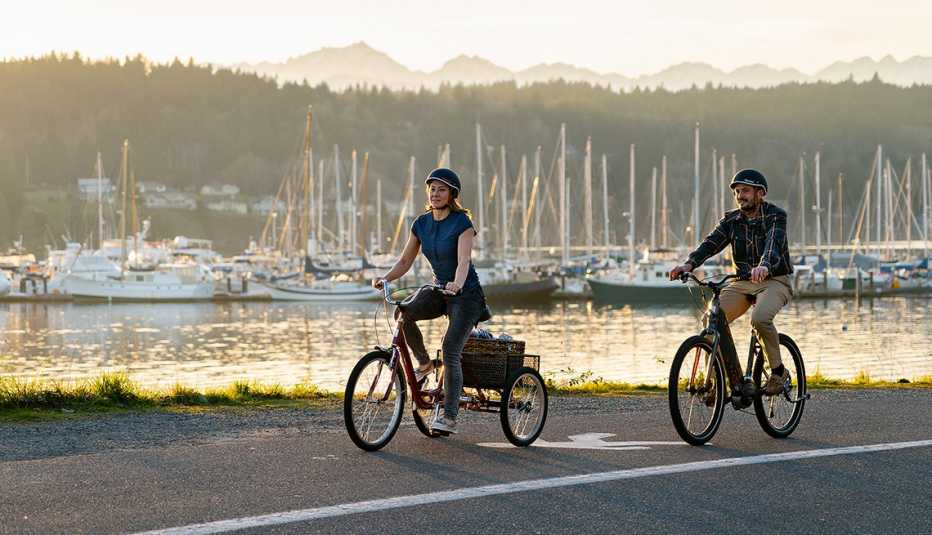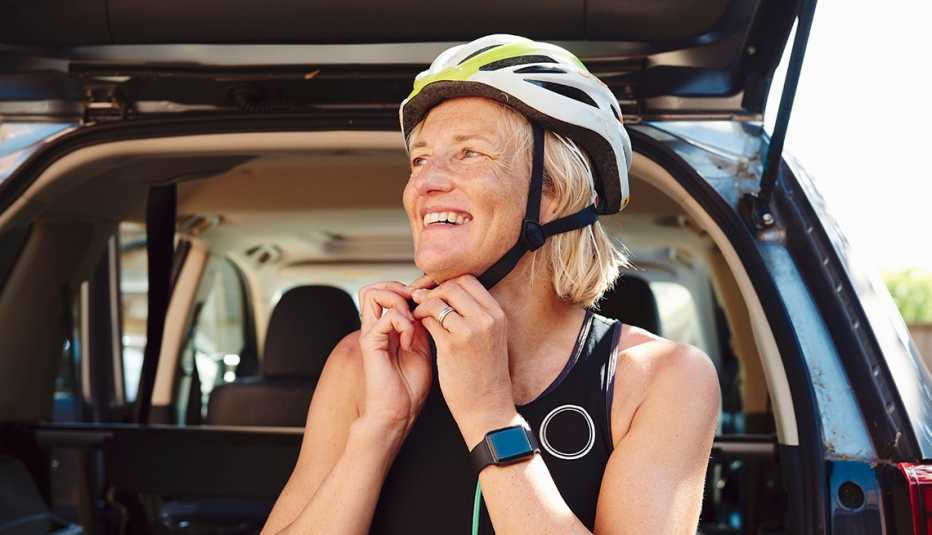Staying Fit
Thinking about getting a bike? Boy, are you not alone. Since last March, when sales shot up 50 percent over 2019, the bike boom hasn't slowed. “The sport has taken off since lockdown,” says Arleigh Greenwald, a former bike shop owner who now works in product marketing for Tern bicycles. “Shops are selling 10 times what they used to."
While you may never forget how to ride a bike, buying one can be a much different experience if your last purchase involved 10-speeds and banana seats. Bikes have come a long way, and the options can be overwhelming. Here's how to sort through them.


AARP Membership— $12 for your first year when you sign up for Automatic Renewal
Get instant access to members-only products and hundreds of discounts, a free second membership, and a subscription to AARP the Magazine.
Start with the type of riding you plan to do
Do you want to hit mountain bike trails or use your bike to get fit? “A lot of people get into biking with this dream goal or bucket list item and end up with a bike that's not useful for getting around town,” Greenwald says. She advises focusing on the kind of activity you'll be using the bike for 80 percent of the time. You can always rent a bike for the occasional race or day of mountain biking.
Electronic or ebikes have been growing in popularity, says Greenwald, and can be a good option for people who are looking to commute by bike but are intimidated by distance cycling. Like a hybrid car, ebikes run off a battery (typically good for 30 to 120 miles) that charges in a standard household outlet and can boost your peddling power by as much as 20 mph. But they do cost more than your standard foot-powered bicycle.



































































